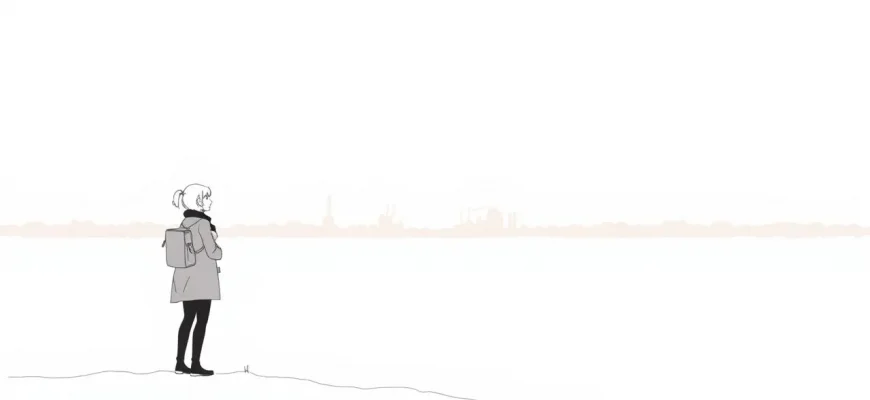Soviet cinema has always been known for its depth and ability to capture the human spirit in the face of adversity. This curated list of Soviet survival films showcases the resilience, ingenuity, and sheer willpower of individuals battling against nature, war, and societal collapse. Each film in this collection not only entertains but also provides a profound look into the survival instinct, making it a must-watch for those interested in human endurance and the art of Soviet filmmaking.

The Red Snowball Tree (1974)
Description: After serving time in prison, a man returns to his village to find his life in shambles. His struggle to survive and rebuild his life amidst societal rejection is both heart-wrenching and inspiring.
Fact: The film was based on a novel by Vasily Shukshin, who also starred in the film, making it a deeply personal project.
 Watch Now
Watch Now 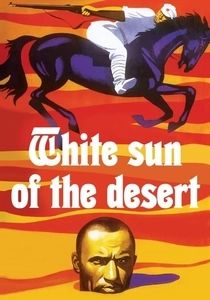
The White Sun of the Desert (1970)
Description: A Red Army soldier, after the Civil War, finds himself in the middle of the desert, facing bandits, heat, and the harsh environment. It's a blend of adventure and survival, showcasing the adaptability of the human spirit.
Fact: The film became a cult classic in Russia, often quoted and referenced in popular culture.
 Watch Now
Watch Now 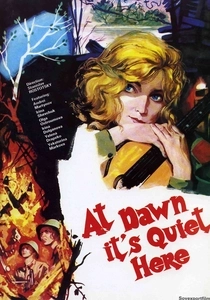
The Dawns Here Are Quiet (1972)
Description: This film tells the story of a small group of female anti-aircraft gunners who must defend their position against a German assault. It's a poignant exploration of survival, duty, and the cost of war.
Fact: The film was remade in 2015, but the original remains a classic for its raw depiction of the Eastern Front.
 Watch Now
Watch Now 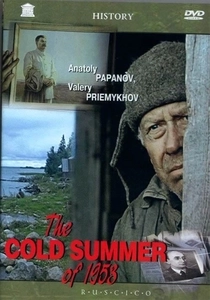
The Cold Summer of 1953 (1988)
Description: Set in the aftermath of Stalin's death, this film follows a group of escaped convicts who must survive in a hostile environment while evading capture. It's a gritty portrayal of survival in a lawless land.
Fact: The film was one of the last Soviet films to be released before the dissolution of the USSR.
 Watch Now
Watch Now 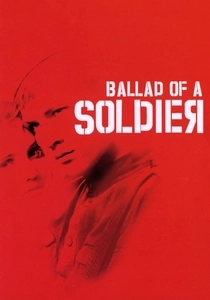
The Ballad of a Soldier (1959)
Description: A young soldier, after performing a heroic act, is granted a short leave to visit his mother. His journey home becomes a series of survival challenges, both physical and emotional.
Fact: The film was nominated for the Academy Award for Best Original Screenplay.
 30 Days Free
30 Days Free 
The Ascent (1977)
Description: Set during World War II, this film follows two Soviet partisans on a perilous journey through the snow-covered Belarusian forests, facing starvation, betrayal, and the harsh realities of war. It's a stark portrayal of survival in the most extreme conditions.
Fact: The film was directed by Larisa Shepitko, who tragically died in a car accident shortly after its release. It won the Golden Bear at the Berlin International Film Festival.
 30 Days Free
30 Days Free 
The Seventh Route (1968)
Description: A group of Soviet soldiers must navigate through enemy lines to deliver crucial information during WWII. The film captures the essence of survival through teamwork, strategy, and the will to survive against all odds.
Fact: The film was based on real events and was one of the first Soviet films to depict the harsh realities of war without glorification.
 30 Days Free
30 Days Free 
The Red Tent (1969)
Description: Based on the true story of the airship Italia's crash in the Arctic, this film explores the survival efforts of the crew and the international rescue mission that followed. It's a testament to human endurance and international cooperation.
Fact: The film features an international cast, including Sean Connery, and was one of the first Soviet-Italian co-productions.
 30 Days Free
30 Days Free 
The Alive and the Dead (1964)
Description: This film depicts the retreat of Soviet forces during WWII, focusing on the survival of soldiers amidst chaos, betrayal, and the harsh realities of war.
Fact: The film was directed by Alexander Stolper, who was known for his war-themed movies.
 30 Days Free
30 Days Free 
The Flight (1970)
Description: A Soviet pilot must navigate through enemy territory to deliver vital information. The film captures the tension of survival in the air and on the ground.
Fact: The film was shot in various locations, including the Arctic, to authentically portray the harsh conditions.
 30 Days Free
30 Days Free 
